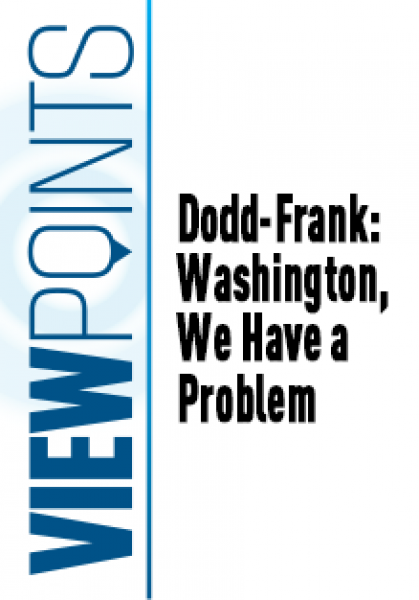
Dodd-Frank: Washington, We Have a Problem
Authors

Elham Saeidinezhad
The Dodd-Frank Act is the most far-reaching financial regulatory reform in the U.S. since the nation emerged from the Great Depression in the 1930s. The act aims to limit systemic risk, allow for the safe resolution of the largest intermediaries, submit risky nonbanks to greater scrutiny, and reform derivatives trading.
Nearly six years after the birth of the act, significant progress can be observed. However, the act itself remains highly controversial.
The public debate is often highly politicized and opinionated when it comes to Dodd-Frank. With that in mind, this paper seeks to assess Dodd-Frank implementation with respect to its initial goal of building “a safer, more stable financial system,” in which proprietary trading and the business of banking are separated, and in which taxpayers and small businesses will not have to bail out failing large financial firms. To make the assessment, this paper first establishes a timeline summarizing the Dodd-Frank final rule milestones and then compares their implementation with the initial goals.
